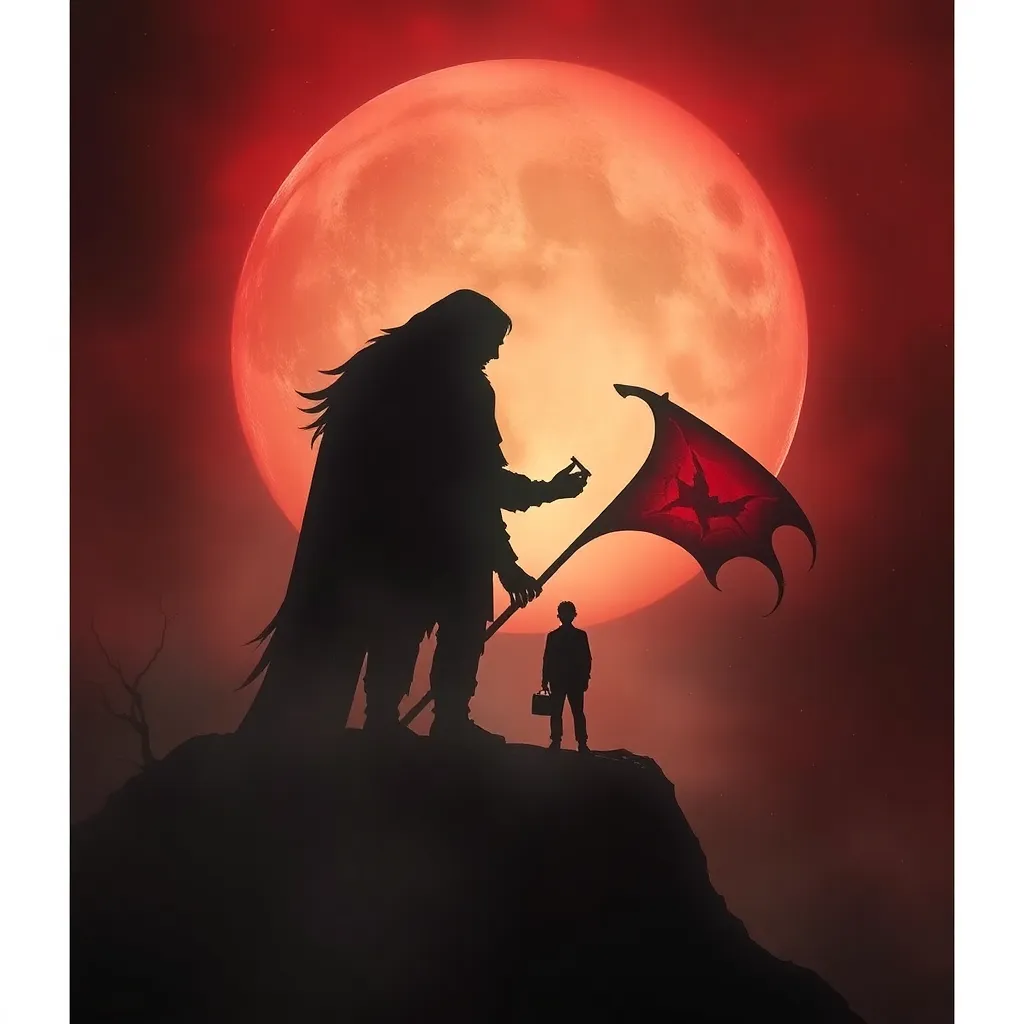The Baku: A Mythological Guide to Understanding Dreams
I. Introduction to the Baku
The Baku is a mythical creature deeply rooted in Asian folklore, particularly in Japan and China. Traditionally depicted as a tapir-like being, the Baku is believed to have the unique ability to devour dreams, serving as both a protector and a guide in the realm of dreams.
Originating from ancient beliefs, the Baku has been revered in various cultures for its significance in shaping dreams and providing comfort to those who experience nightmares. In Japan, the Baku is often seen as a guardian against bad dreams, while in Chinese folklore, it is associated with good fortune and prosperity.
This article aims to explore the role of the Baku in dream interpretation, shedding light on how this fascinating creature can help individuals understand their dreams better.
II. The Baku in Mythology
The historical background of the Baku can be traced back to ancient texts and folklore. In Japan, the Baku is thought to have emerged during the Heian period, where it was mentioned in literature as a creature that could consume nightmares. Its representation has evolved over time, with various depictions found in art and literature.
In artistic portrayals, the Baku is often illustrated with a body resembling that of a tapir, featuring elephant-like ears and a lion-like mane. This unique combination symbolizes its power and mystical nature. In literature, stories of the Baku often highlight its role as a dream protector, reinforcing its significance in cultural narratives.
The Baku shares a relationship with other mythological creatures, such as the Chinese dragon and the Japanese kitsune, each embodying different aspects of dreams and spirituality. The interactions and contrasts between these beings add depth to the understanding of the Baku’s role in mythology.
III. The Symbolism of the Baku
The Baku is primarily viewed as a protector of dreams, embodying the qualities of safety and reassurance. Its symbolism extends beyond mere dream consumption; it represents the desire to overcome fears and anxieties that manifest during sleep.
- Common Symbols Associated with the Baku:
- Dreams: The Baku is intrinsically linked to the dream world.
- Protection: It serves as a guardian against nightmares.
- Transformation: The Baku symbolizes the ability to change negative experiences into positive outcomes.
Understanding these symbols can greatly influence one’s interpretation of dreams. For instance, a dream featuring the Baku may suggest the need for protection or the transformation of a troubling situation into something manageable.
IV. Understanding Dreams Through the Baku Lens
The Baku’s role varies significantly across different types of dreams. In nightmares, it acts as a fierce protector, devouring the unpleasant images that haunt the dreamer. Conversely, in peaceful dreams, the Baku offers guidance and inspiration, encouraging the dreamer to explore their subconscious desires.
To interpret dreams through the Baku’s lens, one might consider the following techniques:
- Maintaining a dream journal to capture vivid details.
- Reflecting on emotions felt during the dream.
- Identifying any symbols associated with the Baku and their meanings.
Personal anecdotes and case studies illustrate the effectiveness of these techniques. Many individuals who have engaged with the Baku in their dream work report feeling a sense of relief and clarity, transforming their understanding of both their dreams and their waking life.
V. The Baku Across Cultures
Variations of the Baku concept exist in numerous cultures, each adding a unique layer to its interpretation. In Japan, the Baku is celebrated during the New Year as a means to ward off evil spirits and unwanted dreams. In Chinese culture, the creature is often associated with auspiciousness and is depicted in art as a symbol of good luck.
Other mythological figures that share similarities with the Baku include:
- The Sandman (Western folklore): A figure who brings sleep and dreams.
- Morfeo (Greek mythology): The god of dreams who shapes and forms dreams.
- Chaneques (Mexican folklore): Spirits that protect and guide in dreams.
A comparative analysis of these figures reveals interesting parallels and contrasts in their roles in dream interpretation practices across cultures.
VI. Modern Interpretations of the Baku
In contemporary psychology, the Baku is often referenced in discussions of dream analysis, highlighting its role as a protective figure in the subconscious. Modern society views the Baku as a metaphor for dealing with fears and anxieties, embodying the therapeutic process of confronting and transforming negative experiences.
As more individuals seek to understand their dreams, the relevance of the Baku has emerged in today’s dream interpretation practices, encouraging a deeper exploration of personal symbolism and emotional responses.
VII. Practical Applications of Understanding Dreams with the Baku
To invoke the Baku in dream work, consider the following techniques:
- Creating a peaceful sleep environment with imagery of the Baku.
- Utilizing meditation or visualization practices focused on the Baku.
- Engaging in creative expression (art, writing) inspired by the Baku’s symbolism.
Additionally, maintaining a personal dream journal inspired by the Baku can facilitate deeper self-reflection and understanding. Workshops and resources are available for those interested in further exploring dream interpretation through the lens of the Baku, providing community support and shared experiences.
VIII. Conclusion
The Baku holds a significant place in the understanding of dreams, offering insight into our subconscious fears and desires. By exploring the mythology and symbolism of the Baku, individuals can enhance their dream interpretation skills and find solace in the dream realm.
As we continue to navigate the complexities of modern life, the ongoing relevance of mythological figures like the Baku serves as a reminder of the power of our dreams and the lessons they impart. Readers are encouraged to explore their own dreams through the Baku’s perspective, unlocking the mysteries that lie within.




